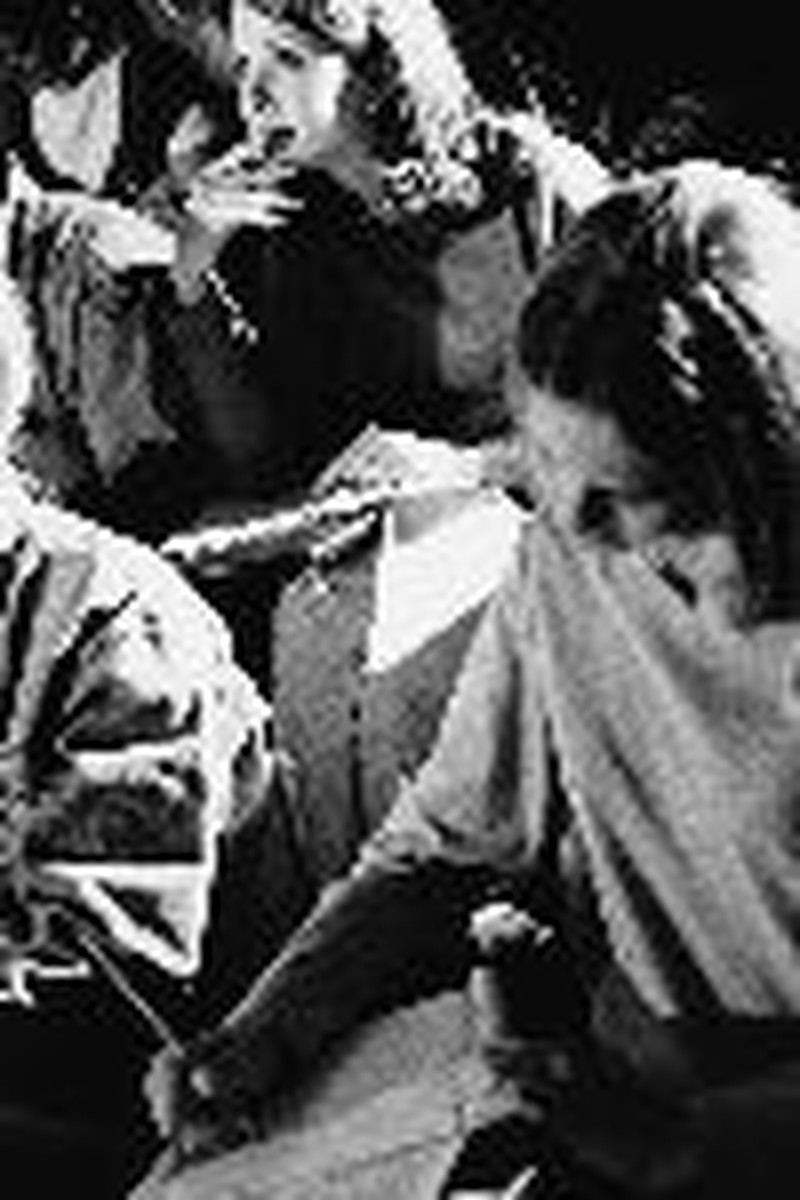Testing, Testing, 1-2-3 - Part 3
- David and Laurie Callihan Authors
- Published Feb 15, 2006

Tester beware!
It is very important that you discern what achievement tests can accurately measure, and what they cannot. Achievement tests are graded and scaled using one of two common methods -- norm-referenced or criterion-referenced.
A norm-referenced exam is graded in comparison with a standardized set of test takers. The norm group is a specific set of students that takes the test before it is published. The same group is used for several years. In other words, if your student ranks at the 62nd percentile, he/she scored better than 62 percent of the norm group of testers. Studies show that home-school children rank at higher percentiles on average than the norm groups (whose average is the 50th percentile by definition). However, if home-schooled students were ranked by percentile only among themselves (the norm group was home schoolers), by definition half of them would rank under the 50th percentile. (Think of the norm group as being 99 students lined up in order by the number of test questions answered correctly. Their number in line represents their percentile ranking 1-99, with the least number wrong being the 99th. Your child is placed next to the one whose score matches his -- that is his ranking.) Note that the highest percentile possible is 99, since the child cannot do better than 100 percent of testers (including himself).
Make sure not to confuse percentile ranking with percentage scores. A percentage score (getting a 95 percent on a spelling test) is a direct measure of how many questions are answered correctly. In a percentile ranking, a 50th percentile is exactly average; half of the group did better, half worse. On a norm-referenced exam, the tester's percentile ranking will change depending on what group is used for the norm. Percentile rankings only tell how well your student compared to the group of public school students used for the test.
On the other hand, criterion-referenced test scores are based on what questions are answered correctly. Specific skills or knowledge can be tested and test reports can show exactly what areas need work. However, in order for these tests to be accurate, the questions must be directly based on the curriculum that student has been taught, or a specific set of skills designated as appropriate to that age. Neither of these is relevant for most home-school students, since they will usually not be learning material at the same time or with the same curriculum as other students. In order to do well on published standardized criterion-referenced tests it is usually necessary to "teach to the test."
Certain norm-referenced tests can be graded in such a way as to reveal some criterion- referenced information - such as the Iowa Test of Basic Skills. You can get a score report from the ITBS that lists the specific skills each question on the test was designed to test, and how your student scored on them. This information can help the parent design their curriculum around what the student still needs to learn. Unfortunately, these are not completely accurate either, since the student may guess on answers. Furthermore, the questions on the science and social studies portions of the test are only accurate in measuring the curriculum used. Since much of the emphasis in public school curriculum in science and social studies these days is on evolutionary theory, multiculturalism, and skewed in favor of anti-Christian philosophies, the Christian home school student may do quite poorly on these tests. You may be glad they did.
Most standardized tests will give results in a variety of formats, besides the percentile ranking. You should be aware of how to interpret these results. The raw score tells exactly how many questions were answered correctly in relation to the total number of questions (i.e., 32/45 meaning 32 correct out of 45). A stanine (short for standard nine) is a score of 1-9 that divides scores into nine equal groups. Stanines 4-6 represent average scores, 1-3 below average, and 7-9 above average. The stanine is the most reliable score to use in comparing test scores from one year to another. Just be sure no matter what type of result you are using that you are comparing results from the same test (i.e. ITBS tests with ITBS tests, Stanfords with Stanfords).
Grade equivalent scores can be very deceptive. A grade equivalent score is not meant for placement, and does not indicate the grade level of work your child should be doing. If a ninth-grade student receives a grade equivalent score of 11.7 it only means that he/she did as well on the ninth-grade test as an 11th-grade, seventh-month student would do on the same test. It does not mean the student can do 11th-grade work.
In other words, all tests are not created equal, and were never intended to be.
David and Laurie Callihan are authors of The Guidance Manual for the Christian Home School: A Parent's Guide for Preparing Home School Students for College or Career and the Christian Homeschool Daily Planner (with their Grand Plan built right in). Visit http://www.davidandlaurie.com today!




















